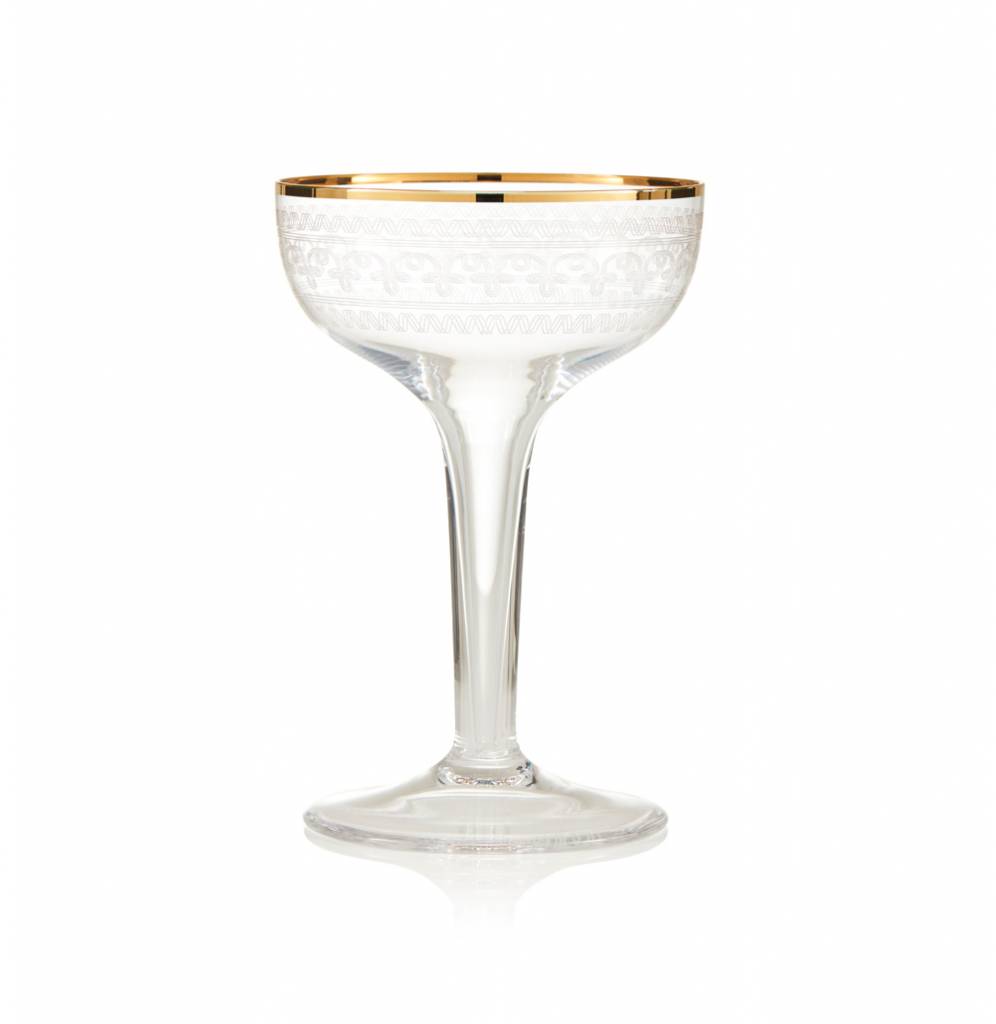Size of wine glasses, height, volume and dimensions, must know
- Posted on
- By Joanna Maya
- Posted in size of champagne glass, size of glasses, size of wine glasses

In recent years, the sizes of wine glasses have increased and thus, the sizes of servings. Nevertheless, the extra capacity is better devoted to still air space that traps the wine’s bouquet.
I have recently been involved in designing a sommelier glass for sparkling wine. The whole process required from me to conduct further research about sizes of stemware. The below are the capacity of the entire glass and these are not servings. For servings by the glass in the UK please refer to the following page.
The modern wine glass is clear, has a stem, and holds at least four fluid ounces (120 milliliters). The usual all-purpose wine glass holds at least twice as much. In recent years, the sizes of wine glasses have increased and thus, the sizes of servings. Nevertheless, the extra capacity is better devoted to still air space that traps the wine’s bouquet. Except for champagne glasses, the actual amount of wine poured is half or less of the glass’s capacity. For instance, the standard serving of still wine is either 125ml or 175 ml.
All of the numbers in the descriptions are approximate. An ordinary, 750ml, red wine bottle is mentioned for comparison’s sake.
Champagne flute
Holds six, sometimes seven fluid ounces (180 ml); 8½ inches (22 cm) high.
Champagne saucer, or coupe
Not as tall as a flute (around 5½ inches, 14 cm), holds more (8¾ fluid ounces, 260 ml) and is sneered at because the wine soon becomes flat. Still, it has festive associations. Supposedly modeled on the breast of Marie Antonette, or more recently, top-model, Kate Moss.
We will very soon be launching a stunning collection of vintage coupe glasses. We know how much you like them, regardless the fact that they don't do justice to fine sparkling wines.
Cordial or liqueur
Two ounces (60 ml), 4 inches (10 cm) high. Cordials may also be served in larger glasses, say, Spanish-style sherry glasses.
White wine
The white wine glass has been growing but remains smaller than the red. Older styles have capacities somewhat under eight ounces (240 ml); newer designs somewhat under 12 ounces (360 ml). The traditional German glass for riesling, the romer, is much smaller.
Red wine
The smaller red wine glasses are now around nine ounces (270 ml), which used to be an average size. More typical are 12- and even 14-ounce (415 ml) glasses.
Burgundy
The burgundy glass has a more balloon-shaped bowl and larger capacity than the red wine glass; it holds about 14 ounces (415 ml) and is 7 inches (18 cm) high.
Next to the ordinary burgundy glass is the premiere example of the new generation of enormous glasses, the acclaimed 37-ounce (1095 ml) glass for Burgundy developed by the Austrian firm Riedel, which has a program for designing the optimum glass for each type of wine, based on a theory that the size of the mouth of the glass and the shape of its bowl affects which part of the tongue (and hence which taste buds) the wine reaches first.
Sherry
The Spanish-style sherry glass (called a copita) is about 6 inches (15 cm) high and holds 6 ounces (180 mL). Another type of sherry glass has a conical bowl; it deserves the reputation of the champagne saucer.
Port
The traditional port glass holds 6½ ounces (190 mL) and is 6 inches (15 cm) high. It is shaped like a small version of a red wine glass. Some people feel the traditional glass does not do justice to the wine's complexity, and that port should be served in a much larger glass. In England (2003), glasses with a capacity of 450 mL are marketed as port glasses.
Water
The stemmed water goblet that accompanies wine service is about 7½ inches (19 cm) high and holds 13 ounces (385 mL). This glass can be filled up to ¾ of it entire size






